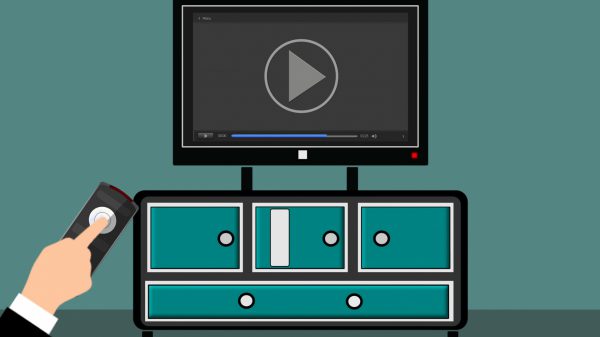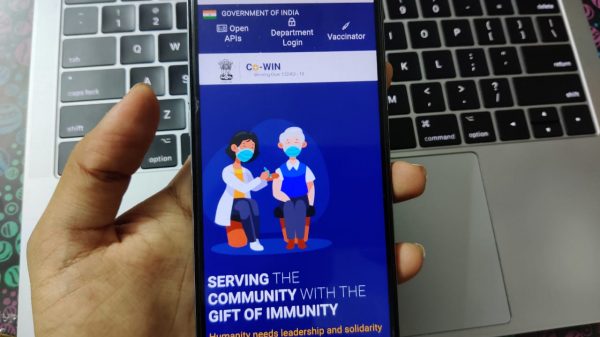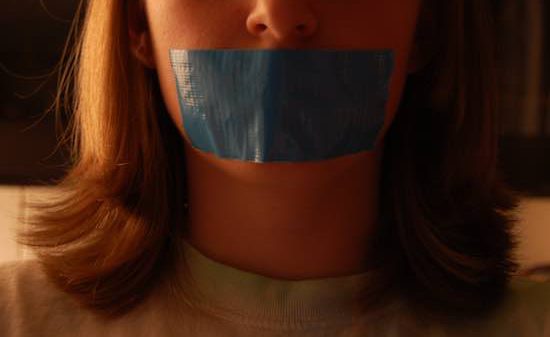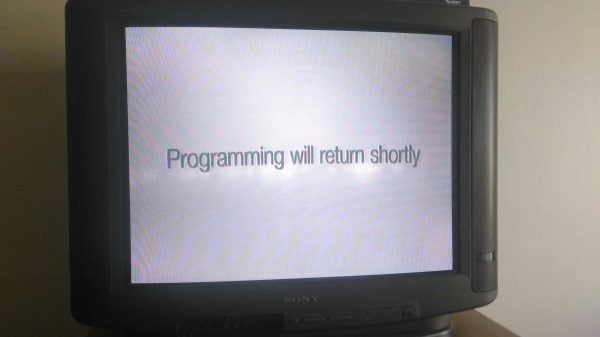The recently notified Intermediary Rules create a three-tier structure for content complaints for OTT streaming platforms like Netflix and Amazon Prime Video that mirrors the one in place for television content. There’s much to be concerned about, especially when you consider how television content has been ruthlessly censored with the rules that are now in place for OTT content. But there is at least some modicum of relief for OTT services, who have some breathing room after avoiding a few requirements that may have been imposed, but in the end didn’t materialize. Here are some:
- Self-regulatory organization head not govt-appointed: Having the self-regulatory organization’s (SRO) head appointed by the government could have been especially risky (as that would have opened the door to the government picking someone who would take a stricter stand on some content). The final rules don’t have this requirement, unlike a previously leaked draft. But the SRO still has to be registered with the Ministry of Information & Broadcasting, which the Rules say has to “satisfy itself” about the composition of the committee. Another bullet dodged in this regard is that the SRO can now be chaired by an “eminent person”, not just a retired judge. It remains to be seen if the industry will take any chances there though, and chances are they may just appoint a retired justice to begin with anyway.
- No ban on nudity and sex: Nudity and sex is simply not allowed in cinema and television, even if content is rated only for adults. But the Rules have implied that nudity and sex can be portrayed in content rated for people aged sixteen and above, with a stricted 18+ rating for nudity that is “sexual” in nature. This probably comes as a bit of relief for streaming services that have started — in a cautious and gradual way — portraying more and more envelope-pushing content. What is the difference between on-screen sex and pornography, though? That will likely be litigated in courts, but it’s a better problem for OTTs to have than outright prohibition.
- No CBFC cut enforcement: Streaming services like Hotstar and Amazon Prime Video routinely release the theatrical cut of Indian films, ignoring the fact that Indian law only requires this cut to be used for theatrical exhibition. While OTT regulation could have shut off this freedom, they didn’t. This essentially means that streaming services like Mubi, Apple TV and Google Play Movies can now peacefully show the uncut version of Hollywood and Indian films, as they always have been able to, but it remains to be seen if they will exercise that freedom. We reached out to Google and Apple earlier asking if they would finally have uncensored TVOD content, but they didn’t respond. We reached out to Mubi with the same query today.
- No swear word list: The Motion Pictures Association, which is America’s own corporate censor board, has informal rules that can restrict filmmakers, like requiring that a film rated PG-13 only have one use of the f-word. The Rules stay away from that kind of minute dictating of profanity, stating in the Code of Ethics simply that profanity depends on context and age ratings should be applied accordingly, noting wisely that an exhaustive list of swears is not possible to produce. This is unlike the Central Board of Film Certification, which briefly had a diktat against a list of swear words that were prohibited even for films rated for adults.
- No smoking/drug consumption scroll: This is another feature of cinema and television — there is no requirement for streaming services to display an intrusive warning during scenes depicting smoking or drinking. Substance abuse is simply listed as something that is required in content descriptors that are shown before a piece of content begins playing. This rules out the demand by a Health Ministry official in 2017 that streaming services follow the example of television and theatres in displaying that warning. But OTT services are not out of the woods yet on this front — The Print reported last November that the Health Ministry is trying to come out with a law that would require such warnings on content.
Also read
- Netflix India Removes Censorship On South Park Episode
- OTT Streaming Services Now Have An Almost Identical Legal Framework To Cable TV In India
- Summary: Information Technology Rules 2021 And Online Streaming Services
- In 8 Scenes, How A Sacred Games Episode Would Change Because Of The TV Content Code
- TV Broadcasters Want The Regulatory Flexibility Streaming Services Have
- A Complete Guide To Streaming Services Content Regulation In India



















